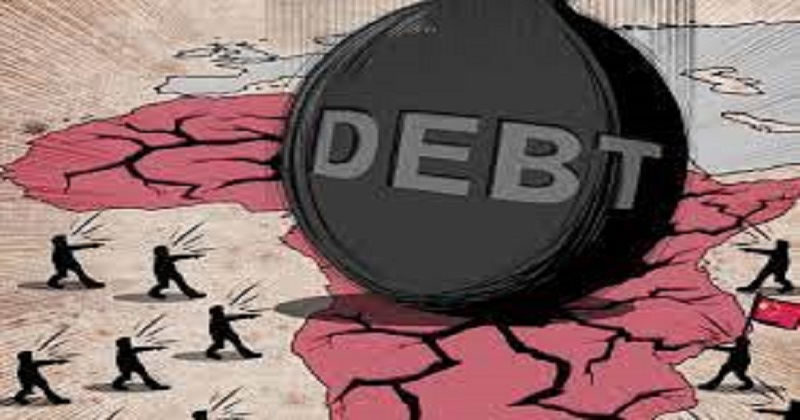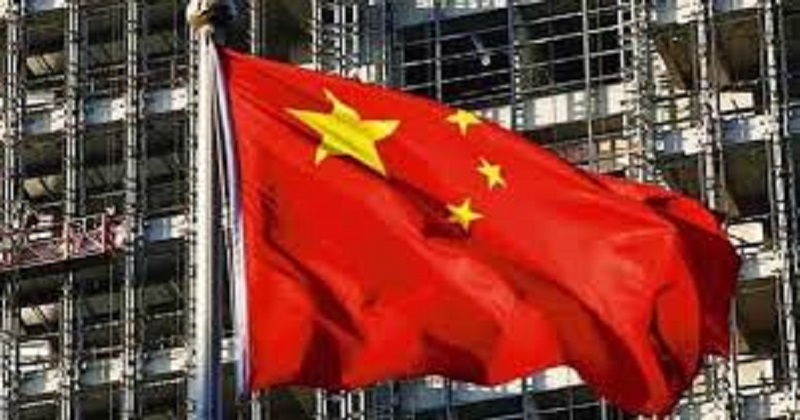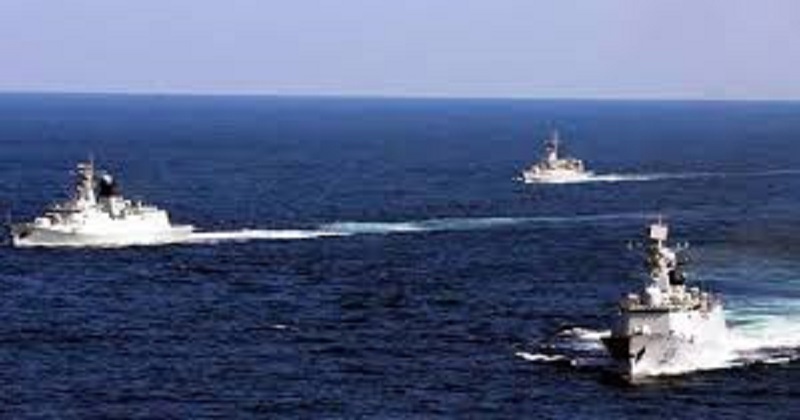
It’s no secret that China is in a debt trap. China is pumping hefty loans with exorbitant interest rates into strategically situated countries as part of President Xi Jinping’s Belt and Road Initiative (BRI). Beijing eventually takes over strategic locations once the recipient country is unable to pay off its debts.
As part of its ‘string of pearls’ strategy, Beijing is trying to encircle India with a ring of these debt traps in the Indian Ocean Region (IOR). However, India has now managed to drill a huge hole in China’s debt trap with a massive project in the Maldives, an archipelago located in the Indian Ocean close to India. India wants the world to know that development can be accomplished without debt traps. According to reports, India and the Maldives are set to sign a contract on the Greater Male Connectivity Project (GMCP). In terms of enhancing its presence in the Maldives, this will be the largest infrastructure project in the archipelago nation.

The GCMP project consists of a 6.74 km long bridge and causeway linking Male, the capital of Maldives, to the islands of Villingli, Gulhifalhu and Thilafushi. In contrast to Chinese projects, which are financed through commercially exploitative loans, the GCMP will be financed by a grant of $100 million and a line of credit worth $400 million from India. GCMP will be critical to the Maldivian economy, creating a major link connecting the four main islands where almost half of the country’s population lives.
GCMP will hurt China’s presence in the Maldives. This project will completely destroy the 1.4km long Sinamalé Bridge which connects Male to Hulhule and Hulhumalé. With Chinese assistance, the Sinamalé Bridge was built in 2018. Moreover, India is deeply involved in several infrastructure projects in the Maldives, including the expansion of an airport, the expansion of fisheries plants and construction of a cricket stadium and road infrastructure. India has reportedly used its line of credit to fund ten projects in the Maldives, including a cancer hospital.

Beijing’s attempt to fan anti-India sentiment in the archipelago nation has been shattered by India’s engagement with the Maldives. The Maldives may have understood how the paper Dragon burdened it with an unsustainable $3.4 billion debt. With a regime change in 2018 and the election of an anti-China leader, Male understood that it was much more prudent to befriend India at the expense of China.
India’s foreign policy includes increasing presence and influence in the Maldives, while keeping China away from the archipelago nation. In the first place, India considers the Indian Ocean region to be its natural sphere of influence, while China may be able to weaponize any position of strength in India’s vicinity. Due to these two reasons, India is doing everything it can to keep China at bay in the archipelago nation.
The Indian government appears quite capable of sabotaging one of China’s debt traps and driving a large hole in the colossal network of China’s exploitative projects. The Maldives case is a lesson for the world. China’s debt traps do not have to hold back global development. Poor, underdeveloped, and least developed countries should be protected from Beijing’s evil designs and should be given a chance to flourish in a friendly environment.
The US or European nations should compete fiercely with China to restrict its debt trap projects, seeing as a rising power like India can literally save a country from the big Chinese debt trap. In spite of what some pessimistic analysts claim, China isn’t invincible. As India did with the Maldives, all you need to do is provide a better deal, and the recipient country will force Beijing to leave. In order to keep China at bay in other parts of the world, particularly in the Indo-Pacific, other powers like Japan, the US, Australia and the EU must work together as one.

Post Your Comments